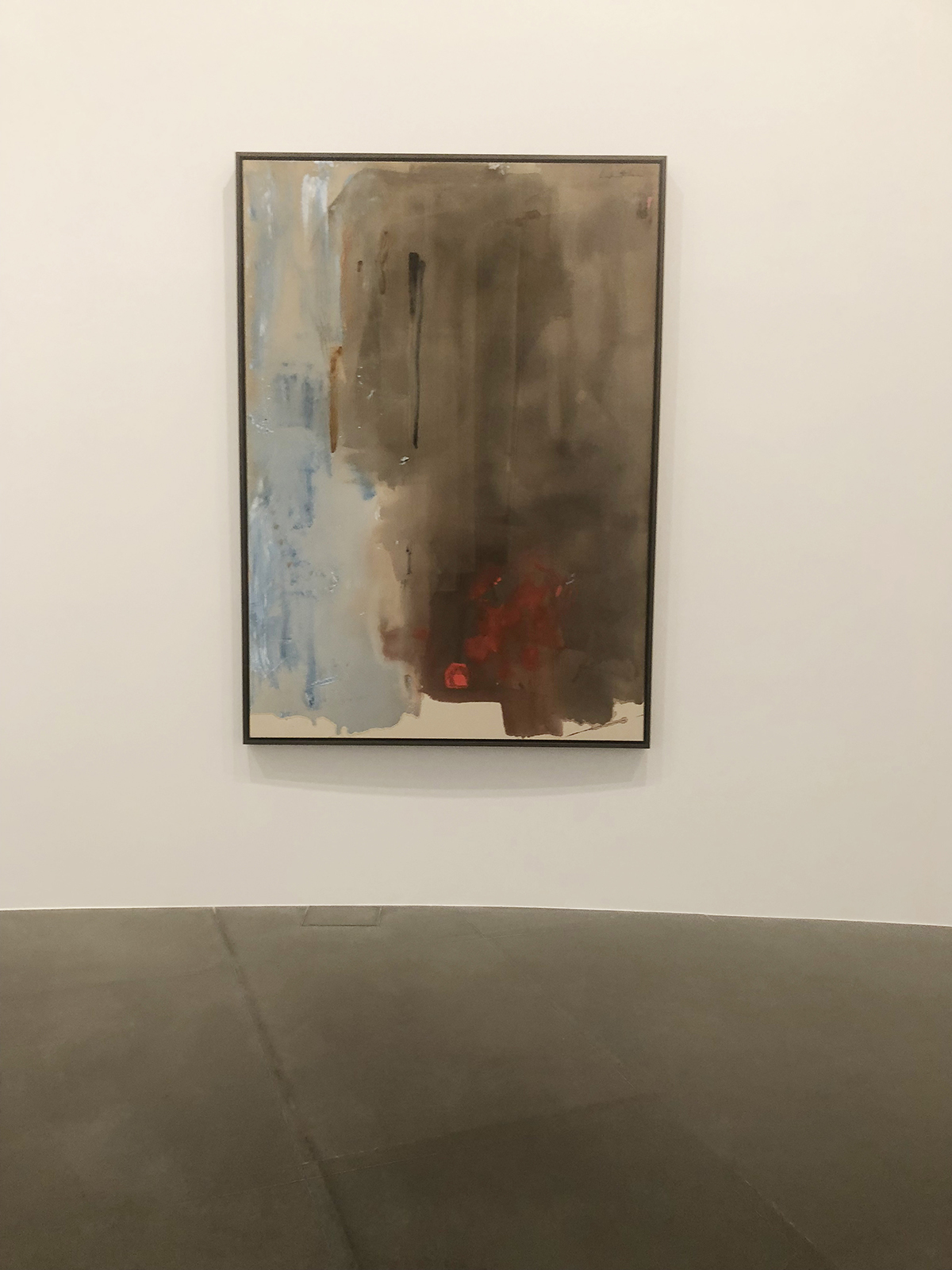Harmony in Color | Helen Frankenthaler
There are some works of art whose process is almost tangible – as if you can imagine the artist’s thinking and approach, even if you would never be able to replicate it. With some great oil paintings and timeless works of art, you can see the structure and path it took to realize the image. But then there are artists that have the ability to create works that are completely mesmerizing, and despite your best efforts, the the journey they took to arrive at that creation remains elusive – and that is where the beauty lies.

This is the feeling I found during my most recent artist date to the Gagosian Gallery Rome where I absorbed the exhibition of artist Helen Frankenthaler, and an accompanying talk by John Elderman.
Frankenthaler was a New York-born creative, best known now as the originator of the stain painting technique and as part of the Abstract Expressionism tradition of painting. Her career spanned around six decades, and as I walked around the gallery, I sensed immediately why. The amazing artist made harmony with every swish, swath, glob of paint, and intricacy in between, bringing together a vision with an emotional plane of color.
The Gagosian show highlights an important period in the artists’ work. Entitled Sea Change, the 11 canvases painted between 1974 and 1983 represent the time in the artist’s life when she lived in Stamford, CT overlooking the Long Island Sound. This water vista out her window was her subject.
In these abstract, large scale works, her stain technique was the star. The modern art scholar Elderman provided a backstory to the works, whose sometimes translucent, sometimes opaque surfaces undulated with unexpected yet meaningful juxtapositions. He described her process – he had known her in life – and the physicality of her creativity. Contrasting to Pollack and drip painting, she would pour the paint mixtures onto canvases laid out flat on the floor, and then used various repurposed household tools to move and remove the paint. For Frankenthaler, there was no pretension about materials: acrylics and simple tools like sponges worked perfectly. I smiled at this description, as it similarly describes my own process using digital paint and decollage.
The artist was truly a master of the canvas, and creating gorgeous works that encompassed the fluidity of combination. I think what sums up the core of Frankenthaler’s work the best is her own quote:
What a lie, what trickery—how beautiful is the very idea of painting.
—Helen Frankenthaler






